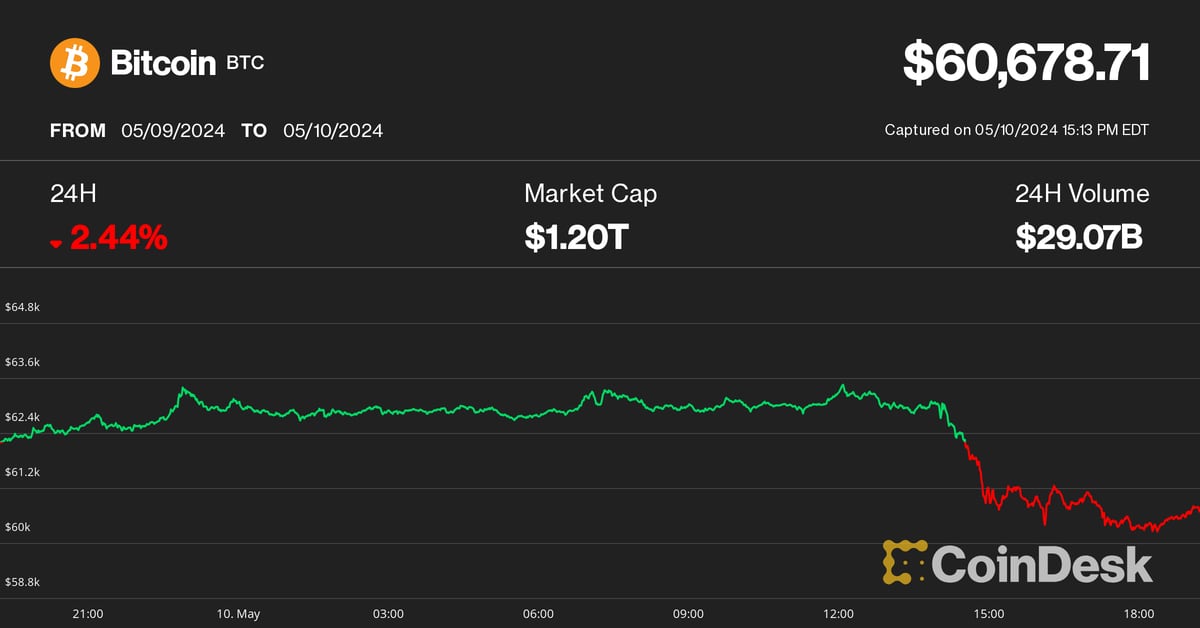

If we do the research, you can get alpha!
Get exclusive reports and key insights on airdrops, NFTs, and more! Subscribe to Alpha Reports now and enjoy the game!
Go to Alpha Report
Between Ordinals, Runes, BitVM, and a revived developer ecosystem, the modern cryptocurrency era is marked by a return to Bitcoin, the first and largest blockchain.
The hype around Bitcoin Layer 2, Rollup, and similar projects are recent developments, but some initiatives have been building on top of Bitcoin for years. One of them is Stacks, whose native token, STX, has risen 70% in the past three months and is currently a top 30 cryptocurrency by market capitalization.
On April 16th, Stacks is set to release its long-awaited “Nakamoto” upgrade to coincide with the Bitcoin halving.
“Stacks is currently the best L2 in terms of total value locked, developer activity, and other key metrics,” Andre Serrano, head of product and growth at the Stacks Foundation, told The Stacks Foundation. decryption.
Launched in October 2018, Stacks is linked to Bitcoin by storing hashed copies of Stacks transaction blocks on the Bitcoin ledger. It also pays out direct payments in BTC to those who lock their STX on the network, known as “stackers”, while “miners” who sacrifice BTC are rewarded with newly minted STX.
“Bitcoin returns are something we are hearing very strong market interest in, so this is definitely a unique differentiator from other L2s,” Serrano added.
Some of Stacks’ most notable features include cheaper and faster transactions compared to regular Bitcoin transfers, and access to “smart contracts” for building advanced applications such as decentralized finance.
However, there are limitations. In its current form, Stacks transactions only reach full confirmation the moment a Bitcoin block is created, which can take tens of minutes. Fortunately, the Namamoto release has advanced a solution that is expected to complete transactions within 5 to 10 seconds.
“We can achieve this by separating Stacks blocks from Bitcoin blocks so that Stacks miners can produce multiple blocks within a single holding period,” Serrano said. The upgrade also connects Stack’s fork behavior directly to Bitcoin, making Stack transactions as secure as Bitcoin, protecting the Stack blockchain from “reconfigurations”.
In addition to speed and security, the upgrade brings several benefits to the broader ecosystem, including expanding the range of viable DeFi applications and improving the yield of stackers.
“What we have been seeing (maximum extractable value) has suppressed the underlying Bitcoin returns for participating in stacking a bit,” explained Mitchell Cuevas, Executive Director of the Stacks Foundation. “We also believe that mining will become easier and more profitable, so more players will compete for these blocks. We expect APYs to rise.”
The next upgrade following Nakamoto in Stacks’ pipeline will introduce sBTC, a “trust-minimizing” way to connect BTC holdings to the Stacks blockchain.
Trustless Bitcoin bridges have long been considered one of the biggest keys to realizing BTC’s potential while remaining decentralized. So far, no perfect solution has emerged, but Stacks says it’s “very close.”
“It uses a threshold signature approach,” Serrano explained. Every two weeks, Stacks Network validators go through a “distributed key generation event” and receive a piece of the private key that controls the layer 1 BTC the user has connected to.
Validators include all network users who are stacking STX tokens and must connect as a validator after Nakamoto is activated. 70% of those validators must approve BTC deposits and withdrawals.
“When sBTC launches, we expect to have 20 to 30 validators, and we believe there is a path to expand to dozens, if not hundreds, of validators in the future,” Serrano said.
He said Stacks’ bridge system will be significantly different from bridges used by legacy networks like Liquid or Rootstock, which are governed by a federation, creating a fundamental element of centralization on the blockchain.
There is growing excitement in the Bitcoin developer space today about the potential of Bitcoin Rollup provided by BitVM. This can drastically reduce the trust assumptions required to link BTC to other chains. Although there is still debate about their limitations and pros and cons, the consensus is that they show great promise. The actual bridge could be operational by early 2025.
“BitVM is very complementary to Stacks, and we are trying to reach out directly to the Stacks team to support what they are doing,” Cuevas said. “As we attempt to scale around these layers, BitVM has the potential to become a core part of the infrastructure for the Bitcoin ecosystem.”
The Stacks Foundation has already allocated $500,000 to BitVM research and development and has opened a position seeking BitVM researchers.
Cuevas believes that the direction of BitVM and hierarchical Bitcoin development is sound and encouraging. Bitcoin developers can now look to the mistakes of previous developers who built on other protocols in a more reckless manner.
“Really important things where people need high security and want peace of mind… ultimately, you’re going to have a lot of options to hash that into Bitcoin,” Cuevas said.
“It’s nice to know that we’re no longer the only show in town.”
Edited by Ryan Ozawa.



